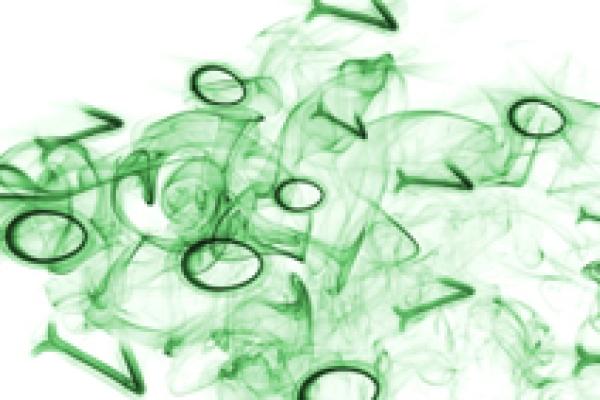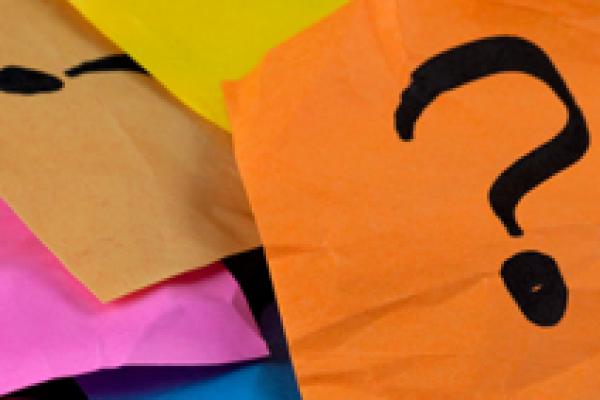Article


Kissing the curve
Curves bring great beauty to our world. But how curvy is a curve?

Curves bring great beauty to our world. But how curvy is a curve?



Sometimes a piece of maths can be so neat and elegant, it makes you want to shout "eureka!" even if you haven't produced it yourself. One of our favourite examples is the art gallery problem.
